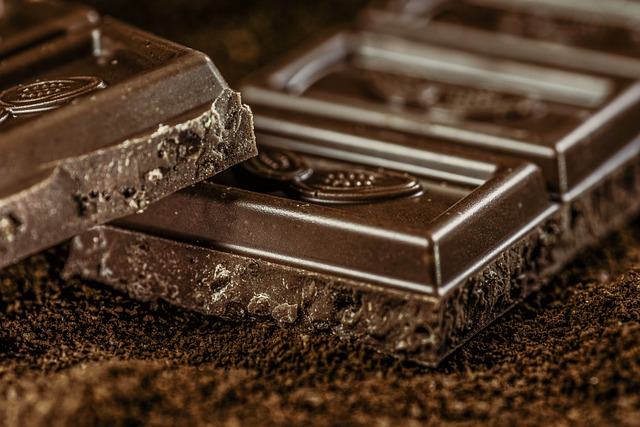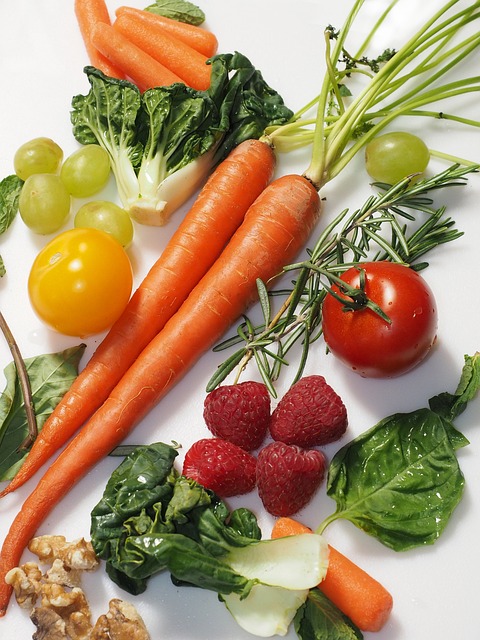The book “The Abs Diet” includes a number of complying recipes for meals and specialty smoothies. For individuals who need further help, the regimen presented in the book includes sample meal plans.
The three-day food plan that follows provides further options for getting started on the Abs Diet. Please keep in mind that this meal plan is not all-inclusive, and you may prefer other meals if you want to follow it. Just remember to eat three meals and three snacks per day, as well as a smoothie.
Day 1
- Breakfast: 8-ounce of Smoothie (1 cup of 1% fat milk, 2 tablespoons low-fat vanilla yogurt, 3/4 cup instant oats, 2 tablespoons peanut butter, 2 teaspoons chocolate whey powder, 6 crushed ice cubes)
- Snack # 1 : 2 tablespoons of peanut butter with apple slices
- Lunch: Mediterranean veggie wrap
- Snack # 2 : 1/2 cup mixed berries and 1 serving of almonds or other healthy nuts
- Dinner: 2 slices of grilled chicken and tomato skewers; 1 cup of quinoa tabouli salad
- Snack # 3 : half oz. of dark chocolate
Day 2
- Breakfast: 1 egg McMuffin-style sandwich and 8 ounces of orange juice.
- Snack # 1 : is a 3/4 cup banana date smoothie with whey powder.
- Lunch : 3/4 cup lower-fat chicken avocado salad
- Snack #2 : 1 piece of 12-grain toast with 1 tablespoon of almond butter
- Dinner : 4 oz of baked salmon; 1/2 cup of roasted broccoli; 1 cup of cooked brown rice
- Snack #3: 1/4 cup fresh raspberries on top of 1/2 cup dark chocolate avocado mousse

Day 3
- breakfast: 8-ounce berry high protein shake (use whey powder)
- Snack # 1 : 1/4 cup of low-carb trail mix
- lunch: 1 slice of turkey and vegetable English muffin sandwich
- Snack #2 : 1/4 cup of roasted red beet hummus with 3 oz of carrots
- Dinner: chicken meatballs with tzatziki sauce (use low-fat yogurt); 1 cup of cooked couscous
- Snack #3: 1 parfait of peanut butter and banana yogurt
Advantages of the Abs Diet
The Abs Diet is a relatively balanced food and exercise regimen that may offer some health benefits.
Provides Protein in abundance
Items recommended on the Abs Diet are not only nutrient-dense, but they are also likely to help develop muscle and minimize appetite. Many of the foods in the “power foods” list, for example, are high in Protein. Many also include healthy fat and fiber to keep you from feeling deprived.
Encourages Physical Activity
Another advantage of this plan is that it contains an evidence-based exercise regimen that combines strength and cardiovascular conditioning, which may result in weight loss. Several fat loss treatments do not include a specified fitness plan.
Includes a Maintenance Schedule
The book “The Abs Diet” offers a maintenance plan to follow after the six-week diet is completed, which may aid with long-term weight management.
Weight Reduction May Be Facilitated
The Abs Diet promotes nutritious foods and frequent activity, which may result in weight loss. Combining exercise and nutrition is more beneficial for fat loss than either exercise or diet alone, according to research, and both strength training and cardio are effective exercise modalities.
Drawbacks of the Abs Diet
While this plan offers benefits, there is no proof that Zinczenko’s diet and exercise regimen is more effective than other well-balanced diets with exercise. It also has certain disadvantages.
Lacks Sufficient Proof
The Abs Diet makes significant claims regarding certain health benefits. However, there is no study especially connected to this diet to back it up. Zinczenko, for example, claims that a six-pack is the “ultimate indicator of your health” and that excellent abs have seductive qualities.
While there is some science to back up some components of the Abs Diet, no research has particularly explored this strategy. Although core strengthening workouts can assist in generating stronger abdominal muscles, spot fat reduction in one area of the body is a weight-loss is a big myth.
Lacks Ongoing Assistance
The book “The Abs Diet” is the only resource provided to individuals who follow this diet. When trying to lose weight, many people benefit from specialized assistance or additional resources, which can help them stay motivated and attain their goals.
Promotes Unhealthy Eating Habits
On your “cheat day,” you eat everything you want, which does not promote a healthy connection with food and encourages overeating.
Since the publication of “The Abs Diet,” the significance of building a good relationship with food has become a focal point in the nutrition world. Programs that feature “good” or “bad” foods have been called into question since they may have a negative impact on eating habits.
Eating Frequency May Not Be Beneficial for Everyone
Nutrition and health professionals dispute whether or not frequent eating can aid weight loss. According to research, this may not be the most effective technique.
Researchers evaluated studies that investigated the association between eating frequency, food intake, and weight in a broad study review on the subject. In eight of the thirteen investigations, increasing eating frequency produced no meaningful effect.
Is the Abs Diet a Good Option for You?
The Abs Diet is perfectly matched with federal requirements for a well-balanced diet. The USDA’s 2020-2025 Dietary Guidelines for Americans provide diet advice and tips. The USDA suggests the nutrient-dense foods listed below: “Dark green, red, and orange vegetables; beans, peas, and lentils; starchy vegetables; and other veggies.

- Fruits, particularly whole fruit
- Grains, with at least half of them being whole grain
- Dairy alternatives include fat-free or low-fat milk, yogurt, and cheese, as well as lactose-free versions and fortified soy drinks and yogurt.
- Protein foods, including poultry, lean meats, and eggs; shellfish; beans, peas, and lentils; and nuts, seeds, and soy products
- Vegetable oils and oils found in foods such as fish and nuts are examples of “oils.”
The USDA also recommends avoiding foods and beverages high in added sugars, saturated fat, and sodium, as well as restricting alcohol consumption, similar to the Abs Diet program.
The Abs Diet will vary in terms of calorie intake because there is no set daily eating plan, simply suggestions. The USDA advises 500 calories per day for a sustained pace of weight loss of 1 to 2 pounds per week. However, this figure varies depending on age, gender, weight, height, and activity level. Use this calculator to help you out how many calories you need.
To Conclude
On the surface, a diet that promises six-pack abs and a better sex life sounds enticing, but there is no evidence that any diet program can or will reduce fat in a specific targeted area of the body.
Reduced visceral fat is wise for health reasons, but it is achievable with a regimen that incorporates reasonable portions of nutritious foods and regular moderate activity. You don’t have to read “The Abs Diet” to improve your health or reduce weight.
Note that being on a long-term or short-term diet may not be beneficial to you, and many diets, especially long-term diets, simply do not work. While we do not support fad diets or unsustainable weight loss approaches, we do give the facts so that you can make an informed decision that best suits your nutritional needs, genetic blueprint, budget, and goals.
If weight loss is your aim, keep in mind that reducing weight isn’t always synonymous with being in optimal health. Exercise, sleep, and other lifestyle factors all have a significant impact on your overall health. The best diet is one that fits your lifestyle and is well-balanced for you.
